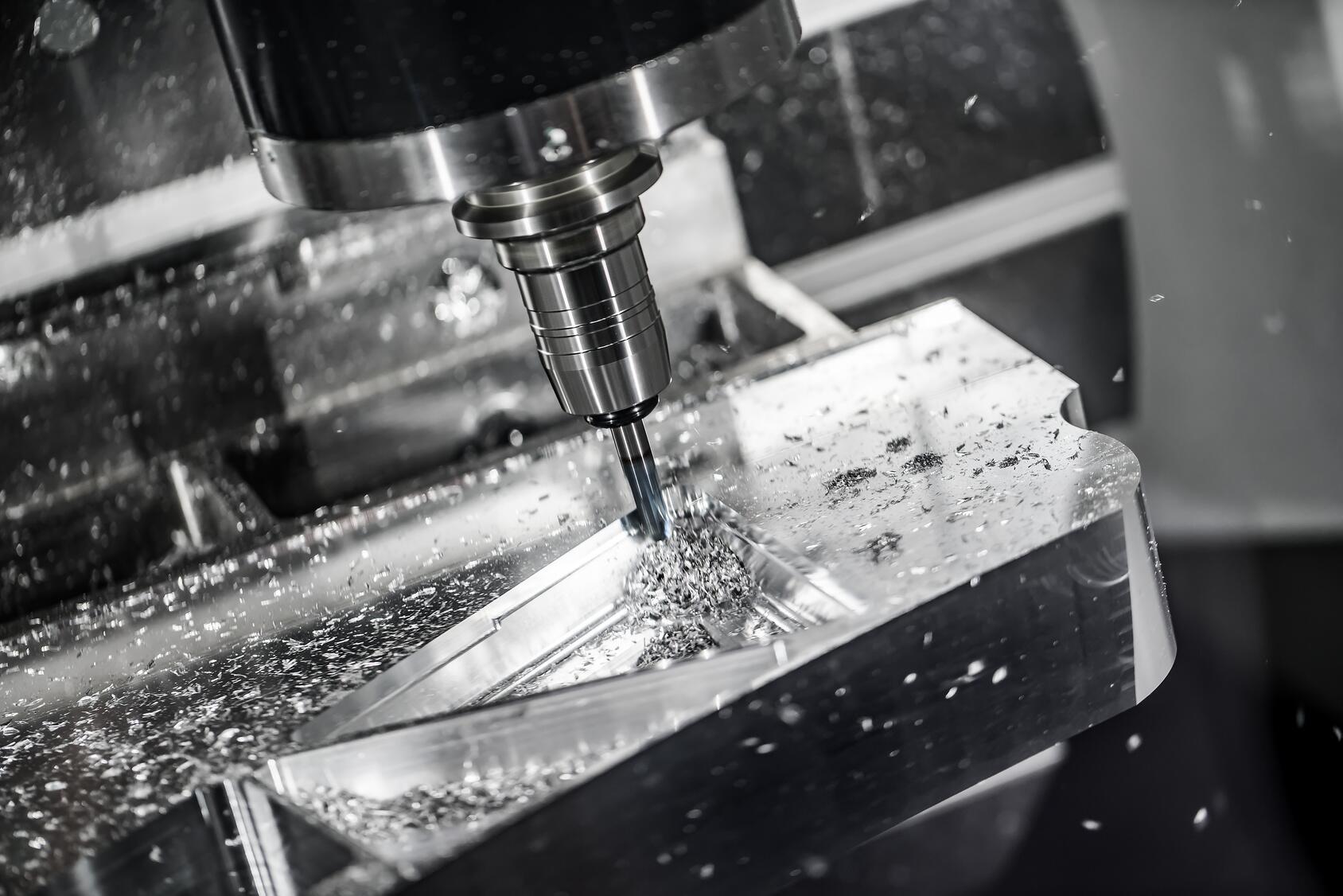BETTER TOUCH BETTER BUSINESS
Contact Sales at Lori.
In modern manufacturing, CNC milling is a common and important process, which can efficiently and accurately process a variety of complex shapes of parts. However, for many industries, especially aerospace, automotive, medical devices and other fields, the precision requirements of parts are particularly important. This article will explore the precision requirements of CNC milling and explain how to ensure product quality.
1.Precision requirements of CNC milling
The accuracy requirements of CNC milling depend on the design and use of the parts being machined. In general, the following aspects need to be considered:
Dimensional accuracy: The dimensional accuracy of a part refers to the deviation between the actual size and the design size after processing, usually expressed in tolerance. For some parts that need to be matched with other parts, dimensional accuracy is particularly important.
Form and position accuracy: Form and position accuracy refers to the deviation between the surface features of the part (such as planes, holes, slots, etc.) and the theoretical position. In some applications where assembly accuracy is required, form and position accuracy is crucial.
Surface roughness: Surface roughness directly affects the friction, sealing and appearance of parts. For parts that require a smooth surface, the surface roughness requirements are higher.
2.Methods to ensure the precision of CNC milling
In order to ensure that the accuracy of CNC milling meets the requirements, the following points need to be noted:
Reasonable selection of processing technology: according to the shape, material and accuracy requirements of the parts, reasonable selection of processing technology and tools. Appropriate cutting parameters and coolant are used to ensure the stability of the machining process.
Strict control of the processing environment: keep the processing environment clean and tidy, control the temperature and humidity, and avoid errors caused by environmental factors.
Precision measurement and inspection: The use of precision measuring equipment to measure and inspect the machined parts, timely detection and correction of processing deviations.
Optimize machining procedures: Reduce vibration and deformation and improve machining accuracy by optimizing machining procedures and tool paths.
Continuous improvement and training: establish quality management system, continuously improve processing technology and technical level, train employees to improve operational skills and quality awareness.
CNC milling plays an important role in modern manufacturing, and its precision requirements directly affect product quality and performance. Through reasonable selection of machining process, strict control of machining environment, precision measurement and inspection, optimization of machining procedures and continuous improvement and training, we can ensure that CNC milling meets the required accuracy requirements and provides customers with high-quality products and services.

Copyright © 2025 Shenzhen Lori Technology Co.Ltd. | All Rights Reserved.